Analyzing Business Environment: Public, Private, and Voluntary Sectors
VerifiedAdded on 2023/04/17
|12
|463
|136
Essay
AI Summary
This essay provides a comparative analysis of the public, private, and voluntary sectors within the business environment. It discusses the fundamental characteristics, objectives, and stakeholder relationships unique to each sector. The public sector is defined by its government-led initiatives aimed at providing services to citizens, while the private sector focuses on profit maximization and market share. Voluntary organizations, including NGOs, are characterized by their selfless services and non-profit orientation. The essay also touches upon the growth of the international business environment and the impact of factors like inflation and technological advancements on these sectors. Desklib offers a variety of resources, including past papers and solved assignments, to aid students in understanding these complex business dynamics.
1 out of 12
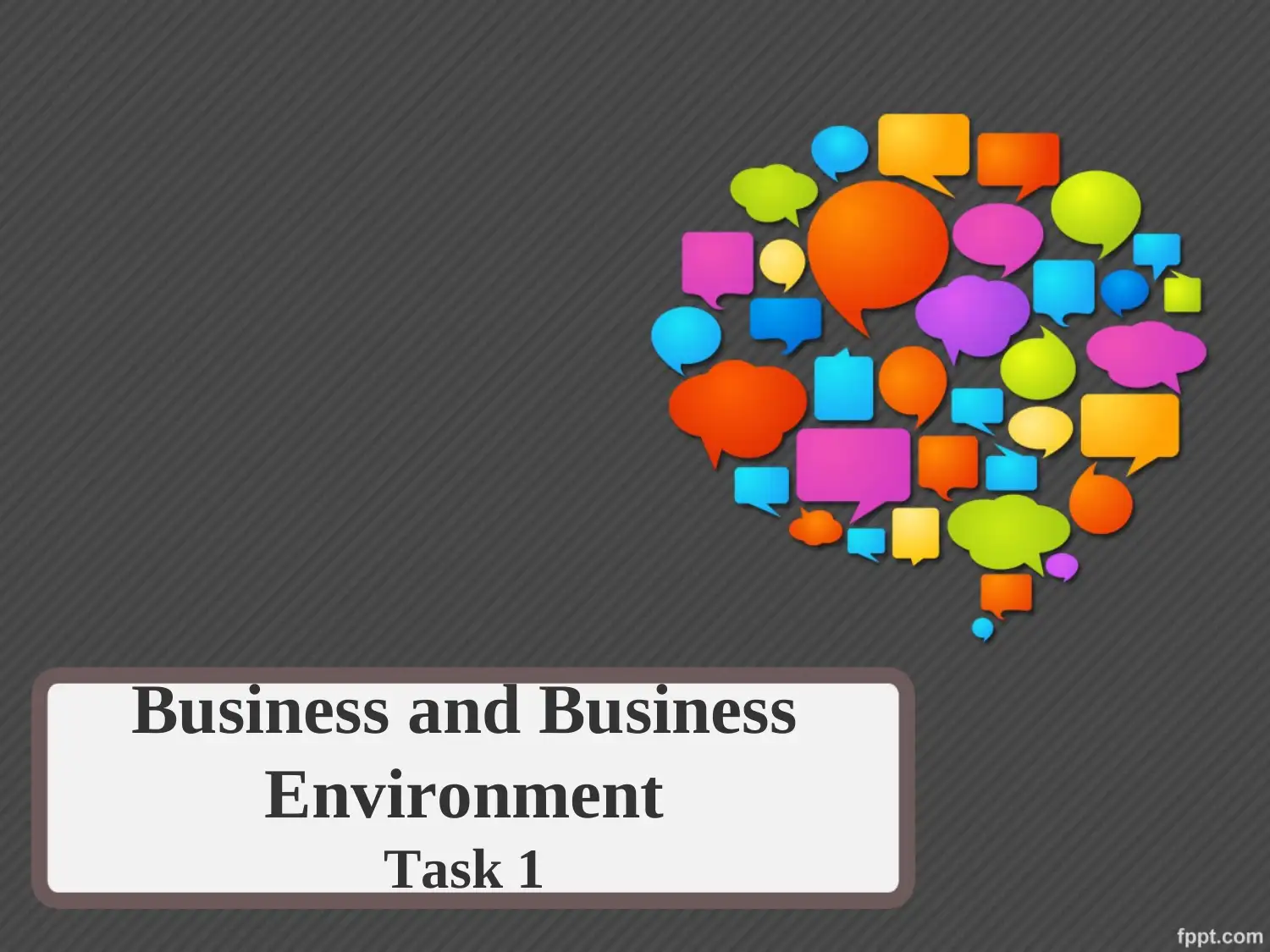
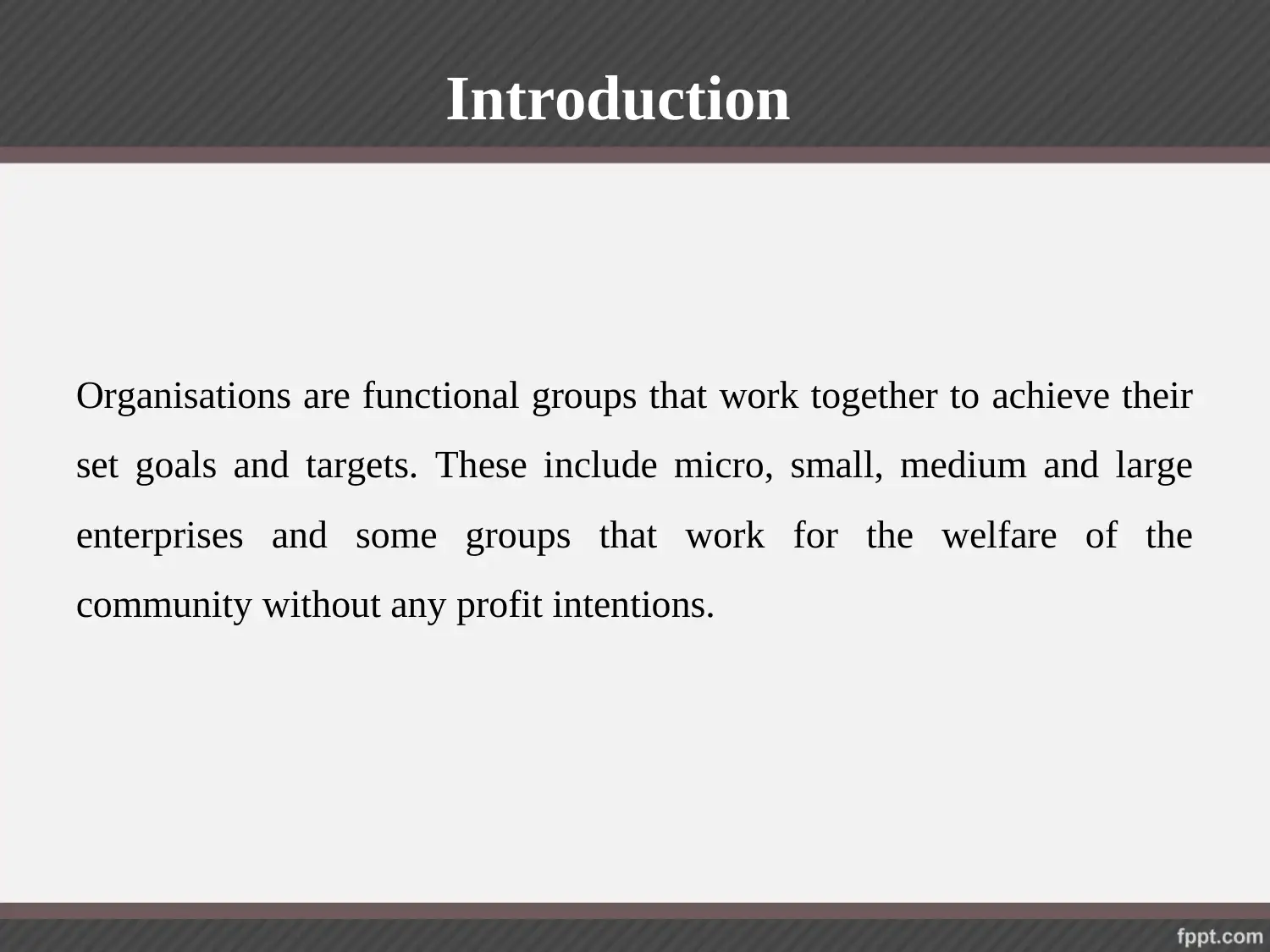
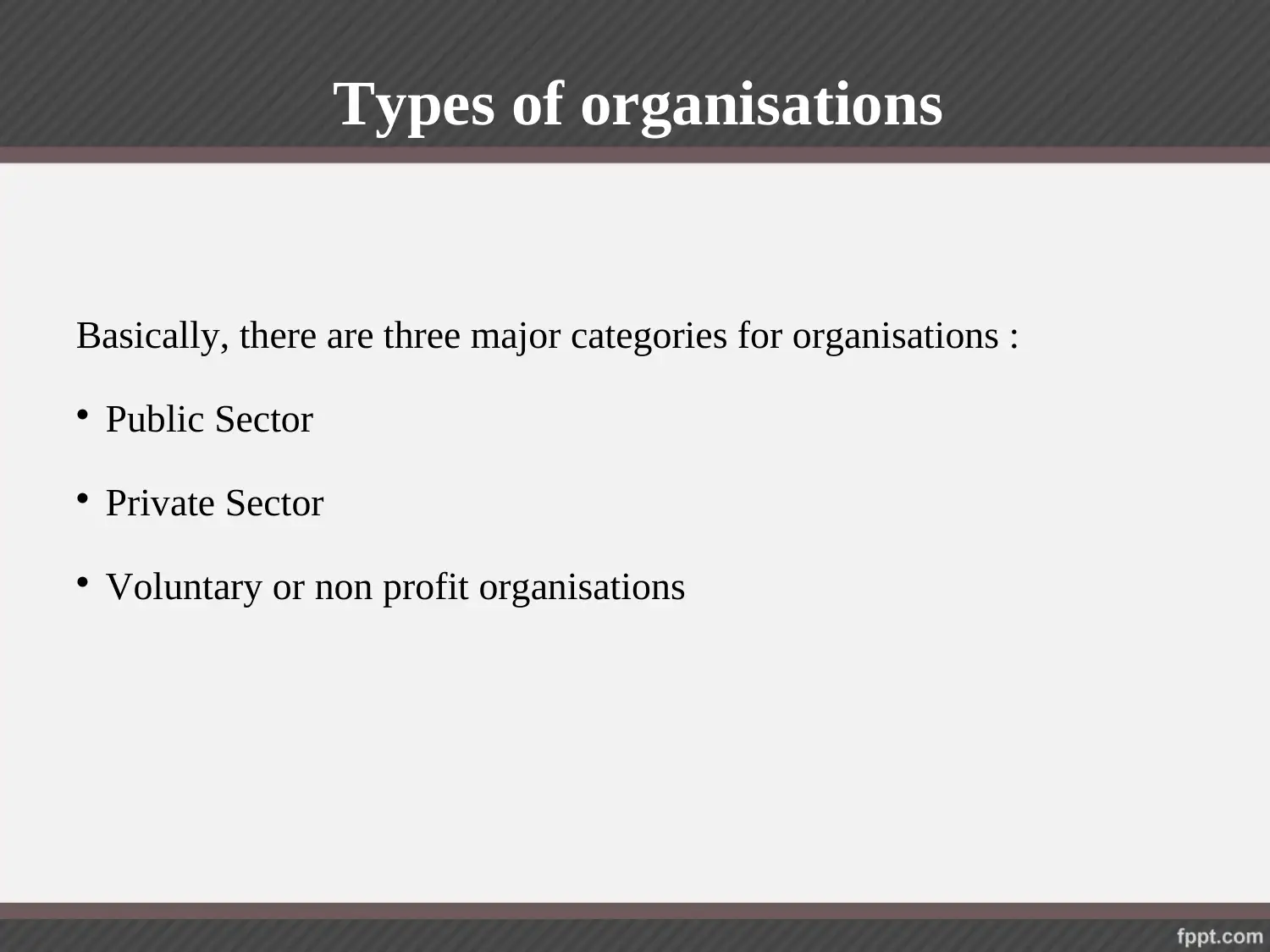

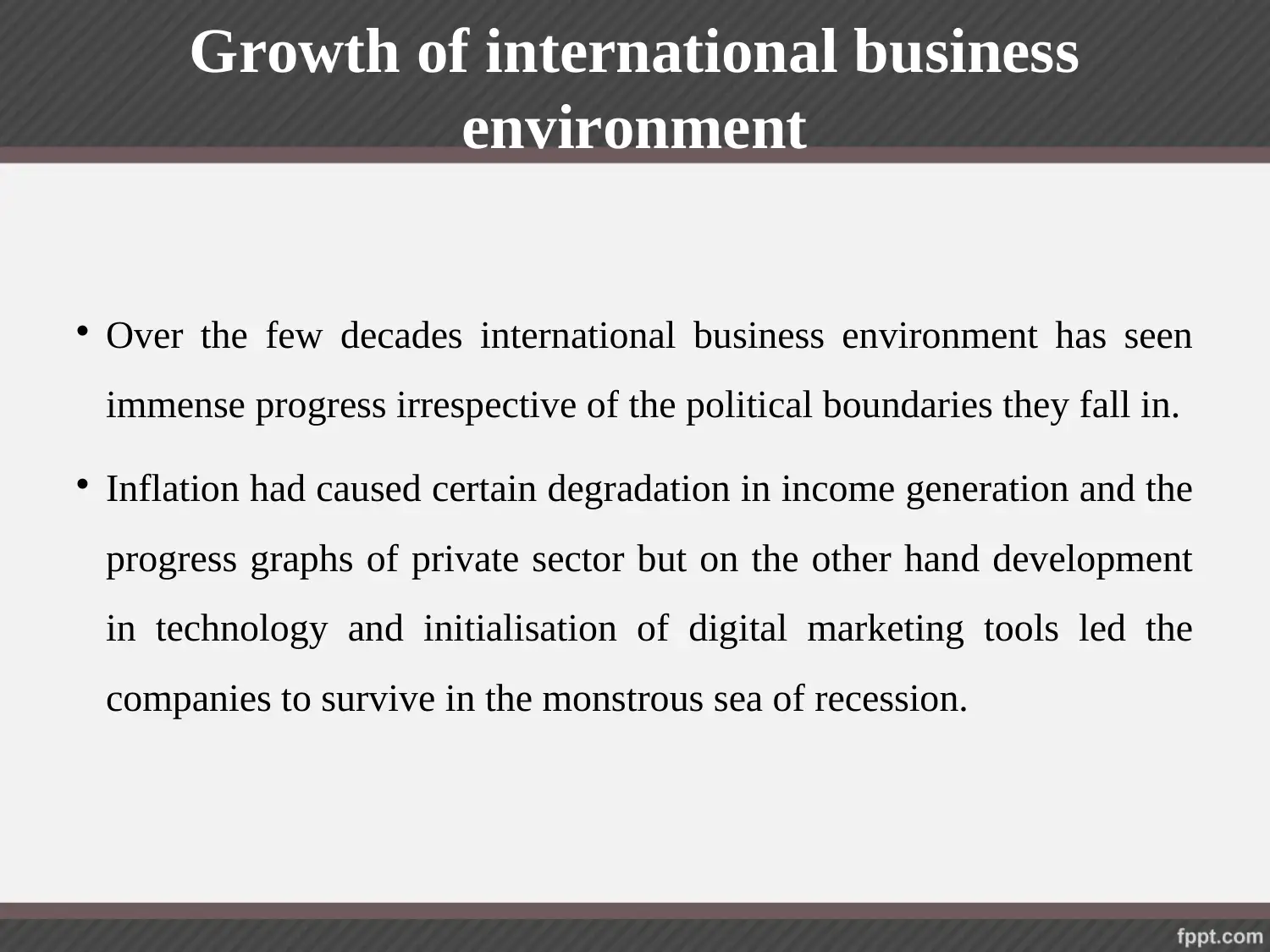
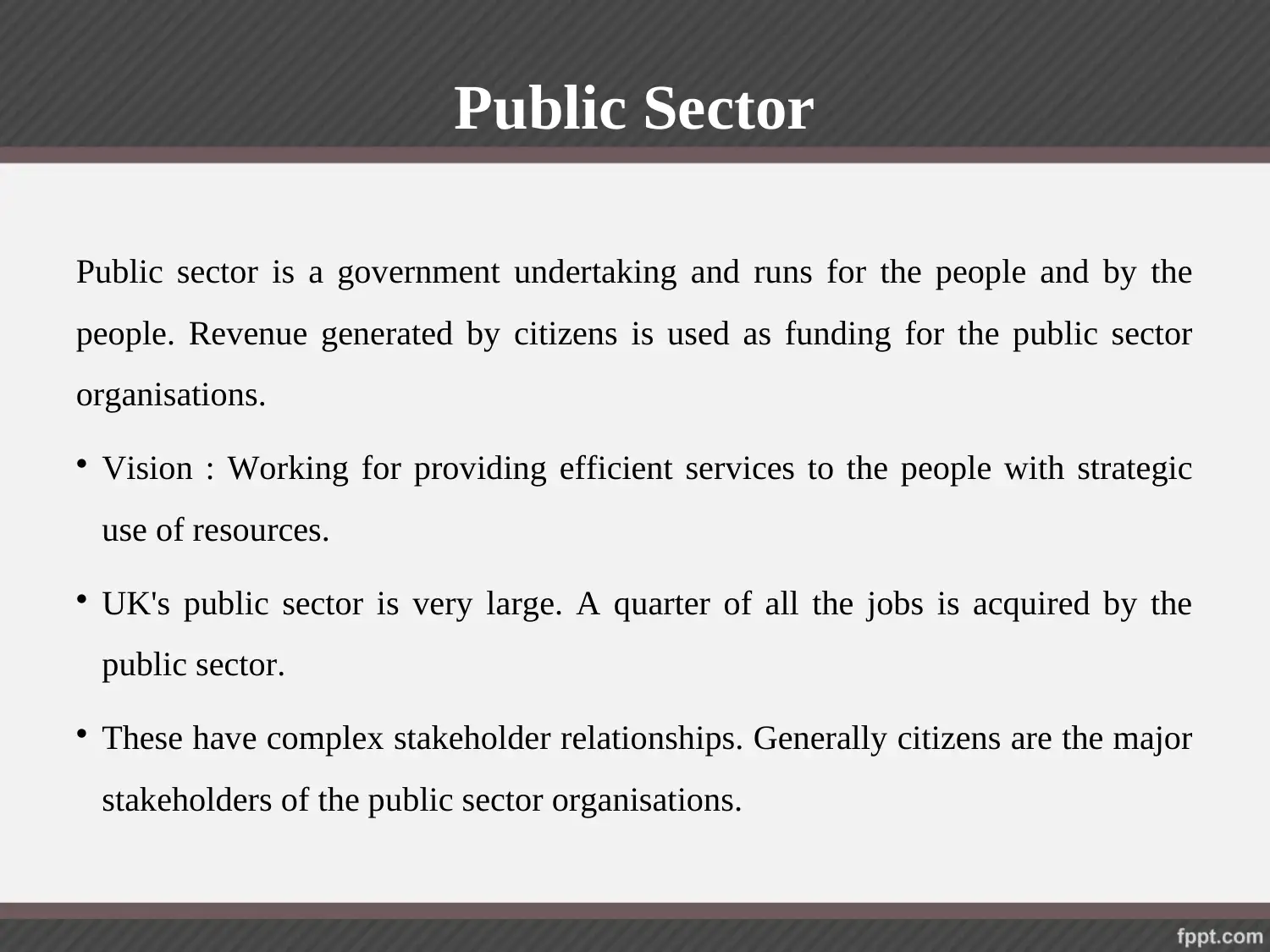
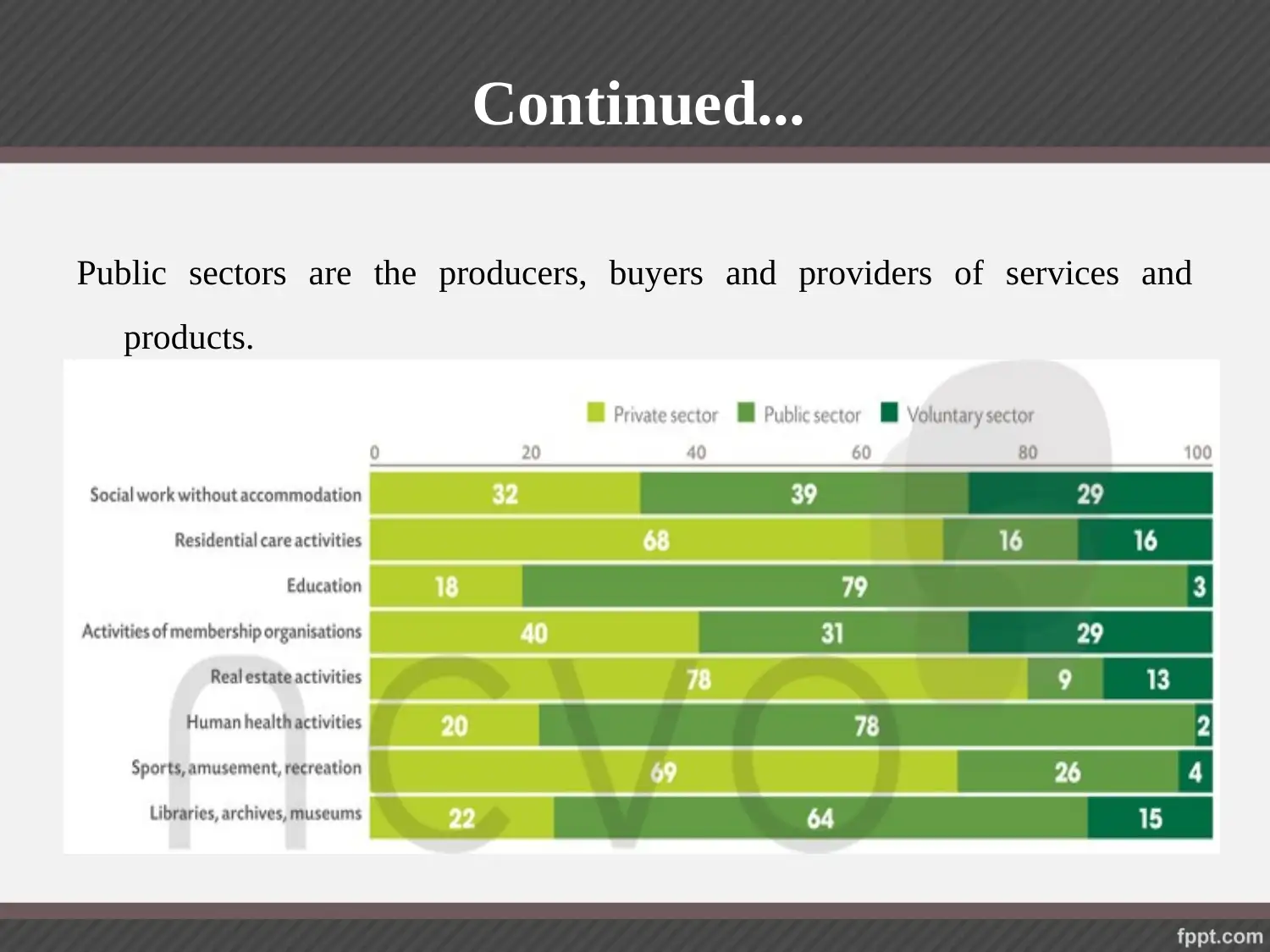
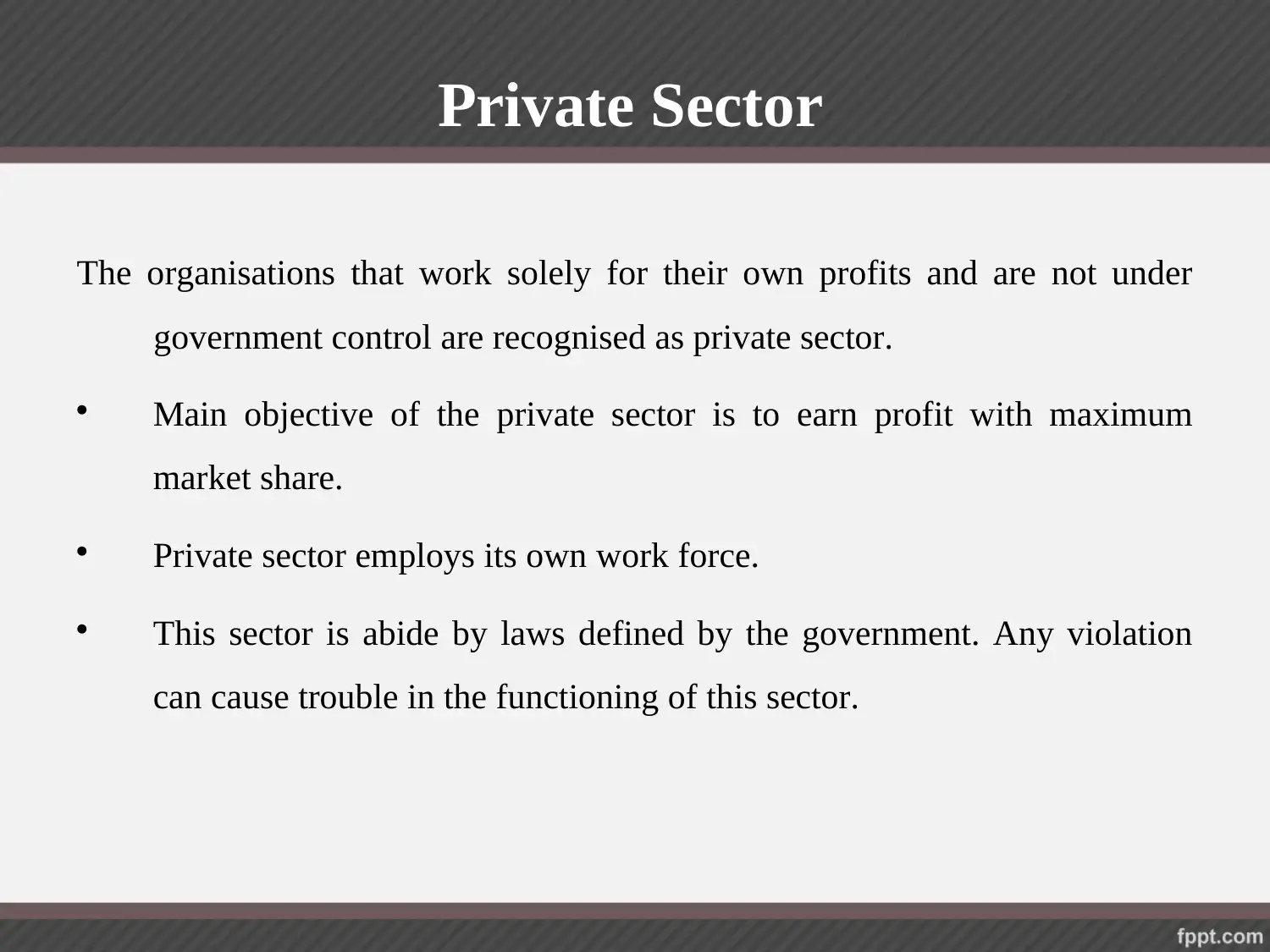
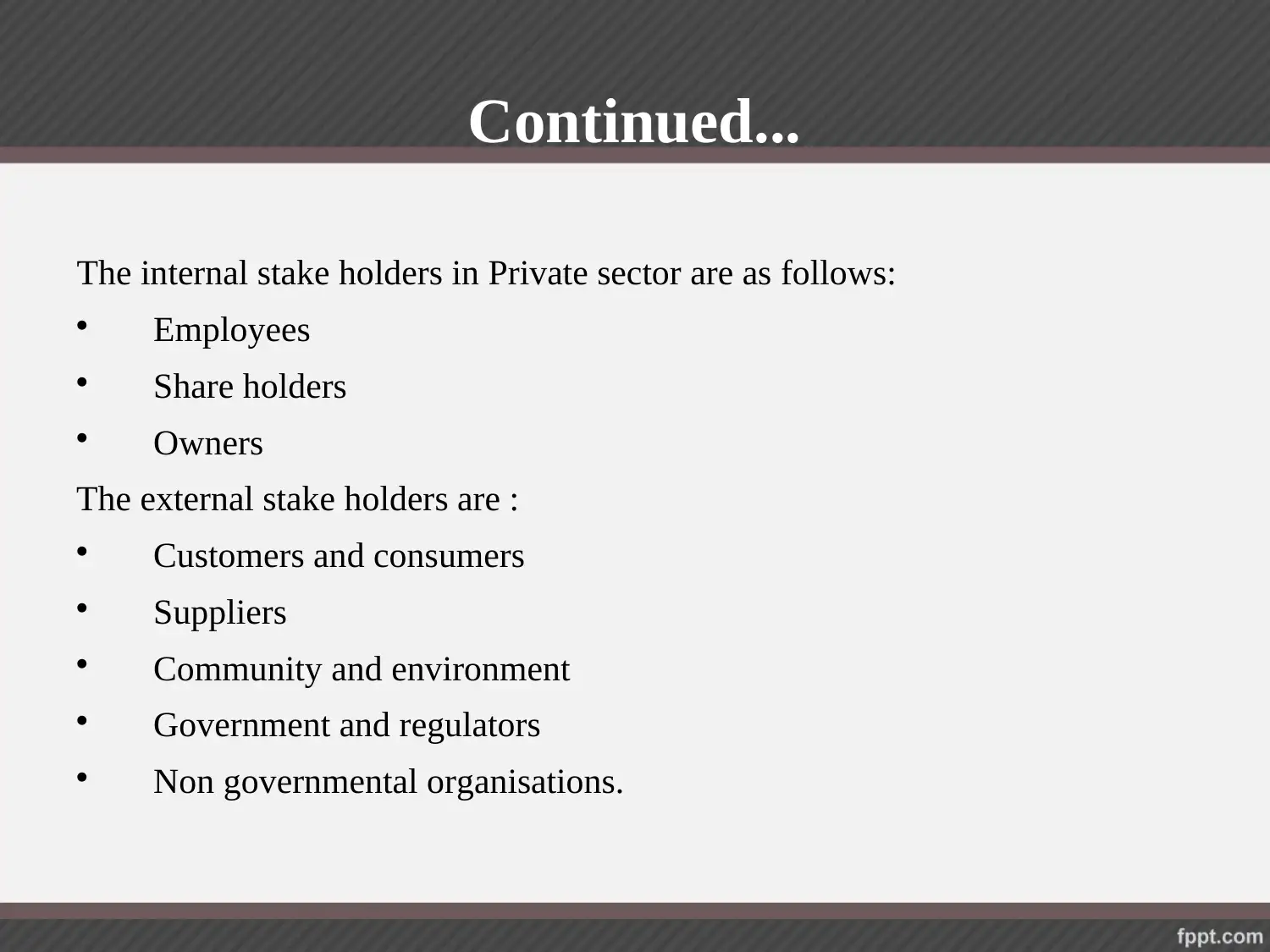
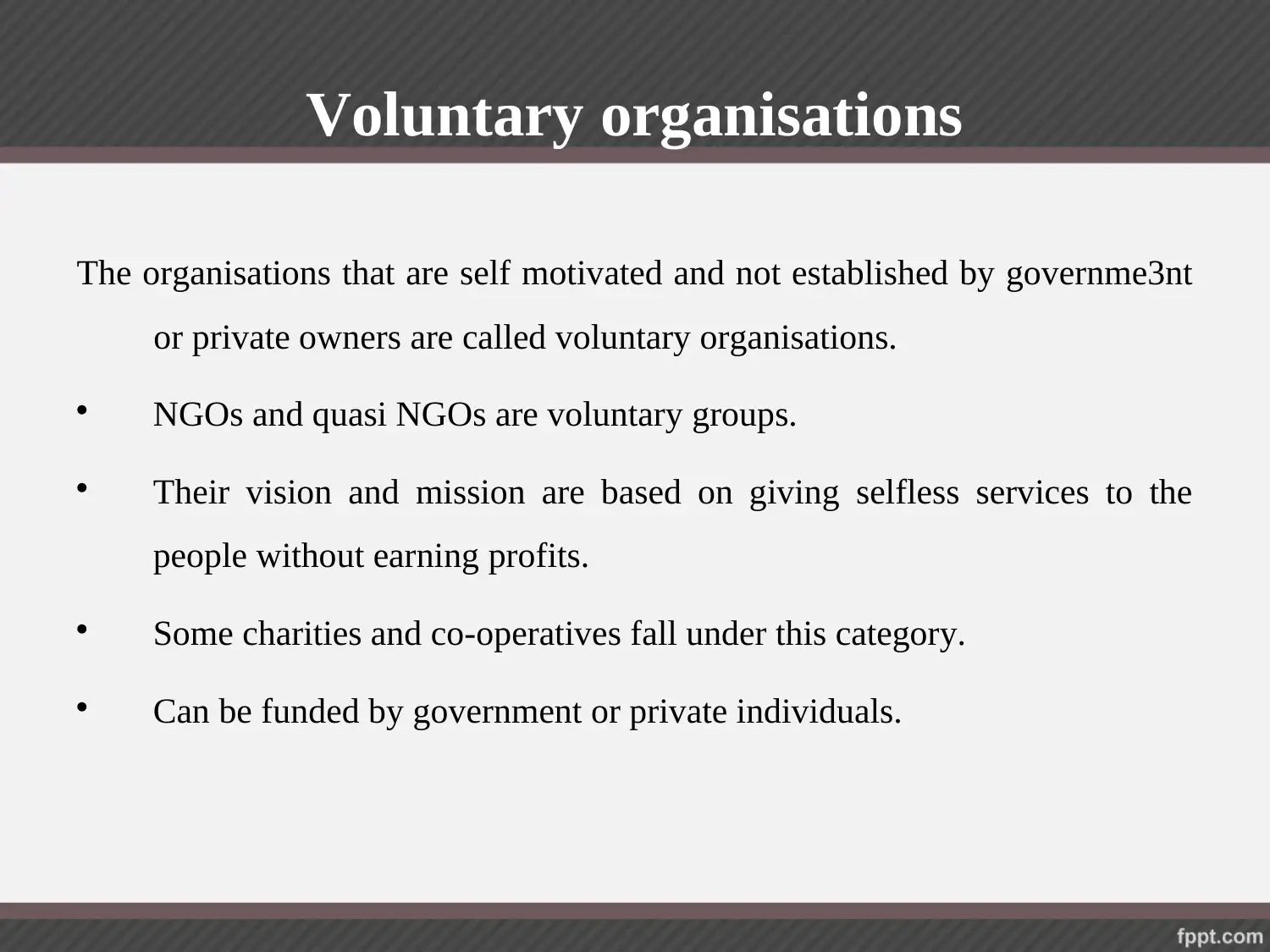
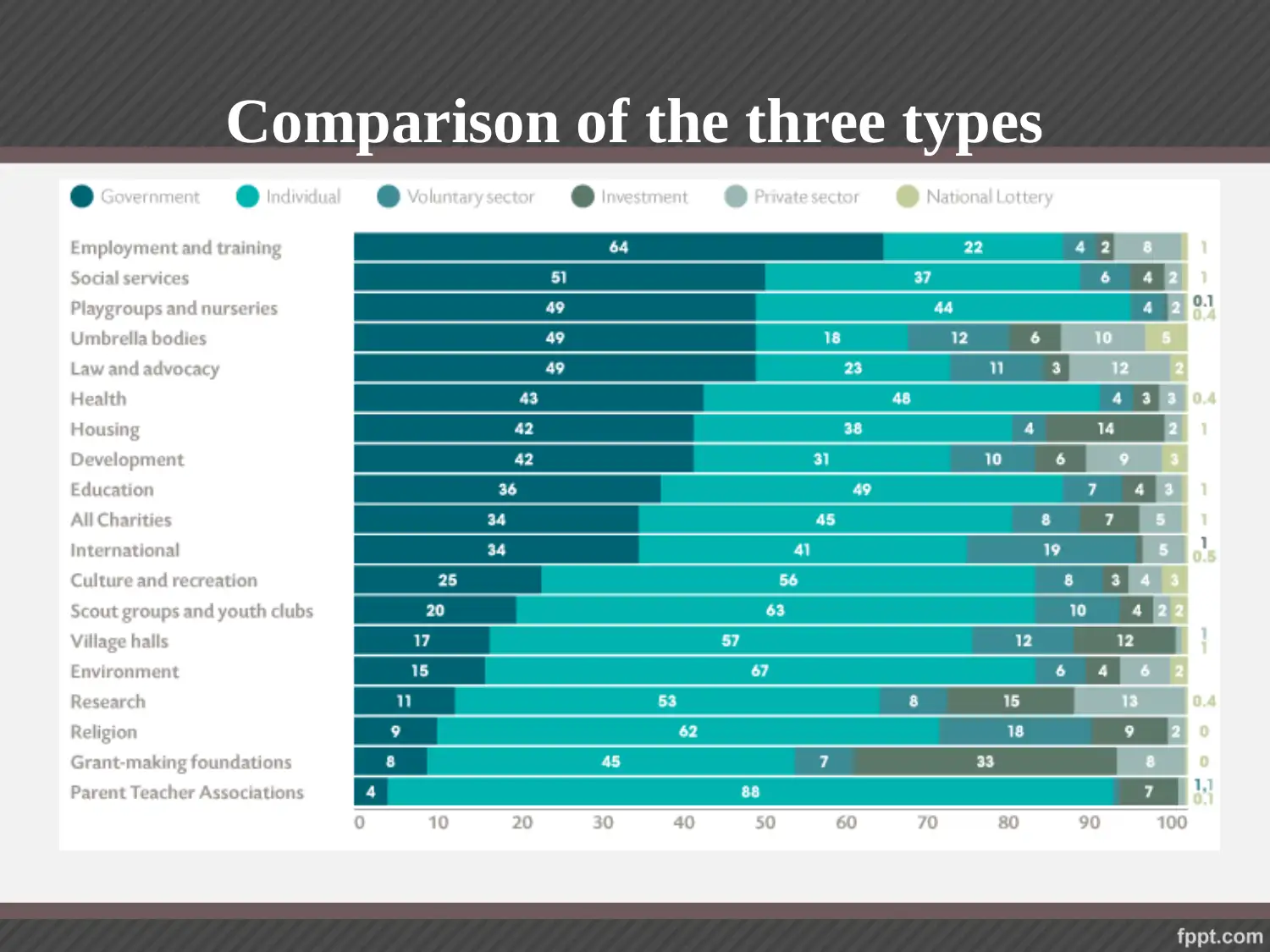
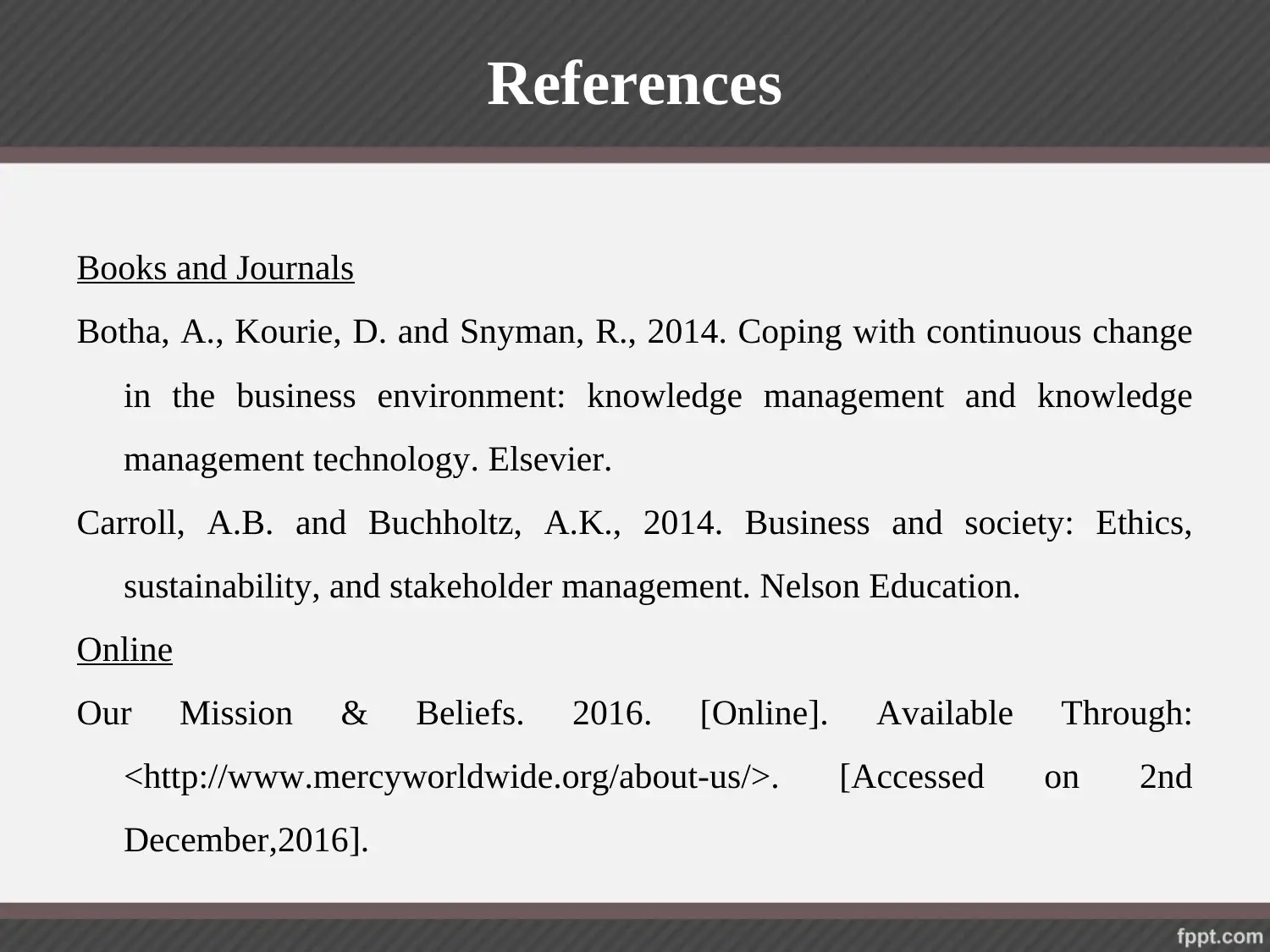







![[object Object]](/_next/static/media/star-bottom.7253800d.svg)